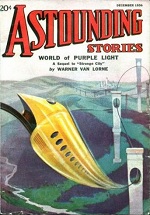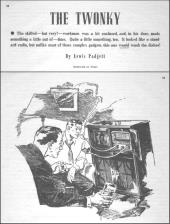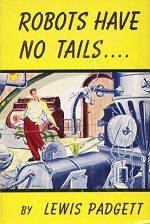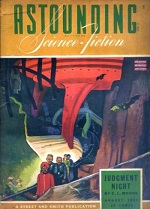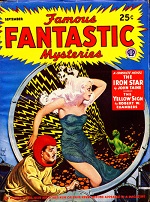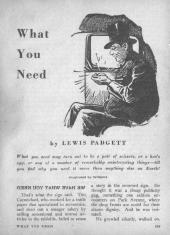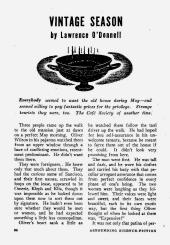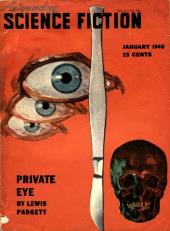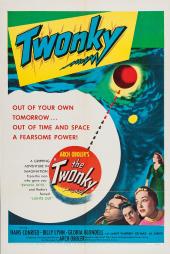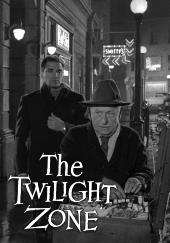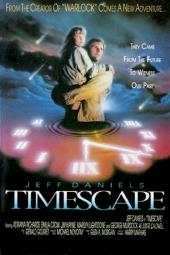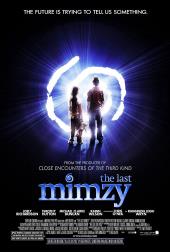Short Story
Tryst in Time
- by C. L. Moore
- Astounding, December 1936
Bold and bored soldier-of-fortune Eric Rosner meets a scientist who sends him skipping through time, always meeting the same beguiling girl with the smoke-blue eyes.
I can transport you into the past, and you can create events there which never took place in the past we know—but the events are not new. They were ordained from the beginning, if you took that particular path. You are simply embarking upon a different path into a different future, a fixed and preordained future, yet one which will be strange to you because it lies outside your own layer of experience. So you have infinite freedom in all your actions, yet everything you can possibly do is already fixed in time.

